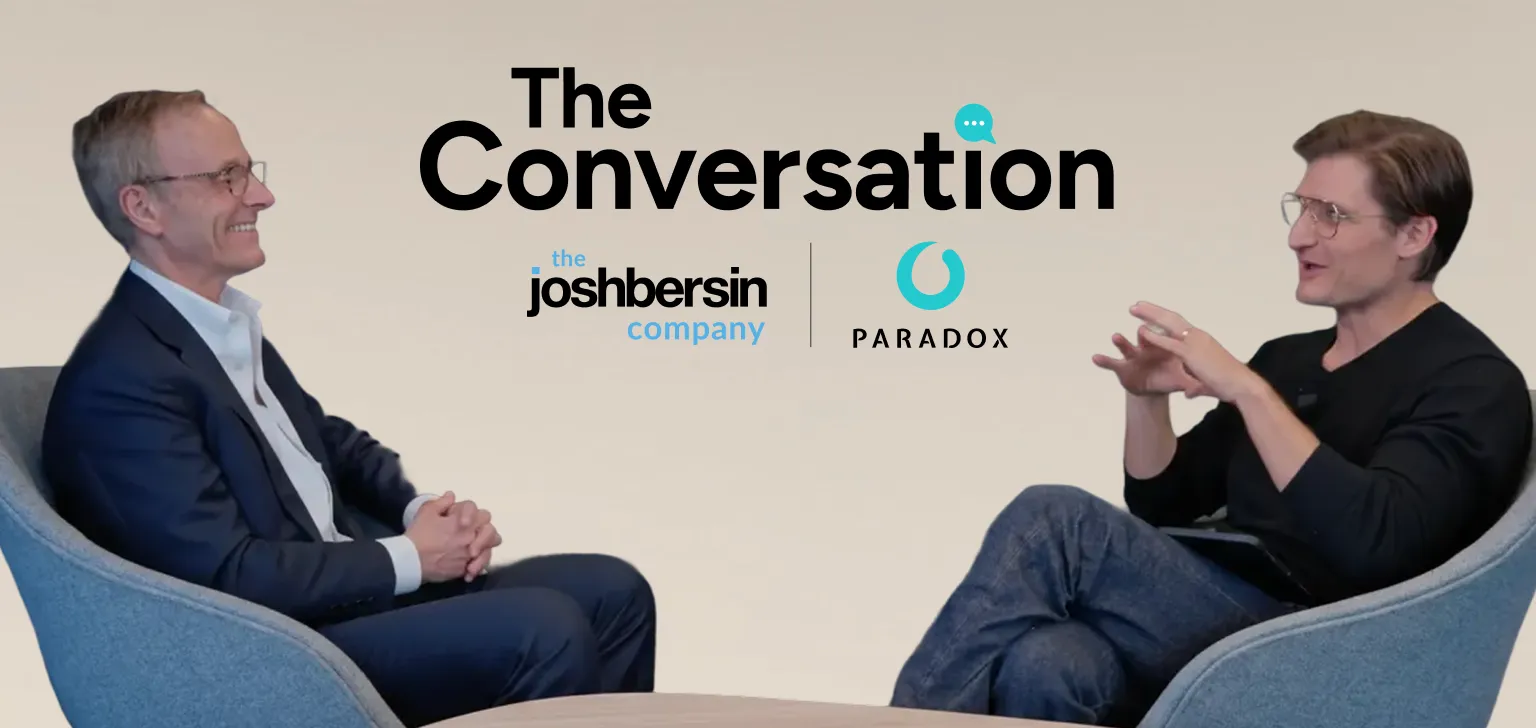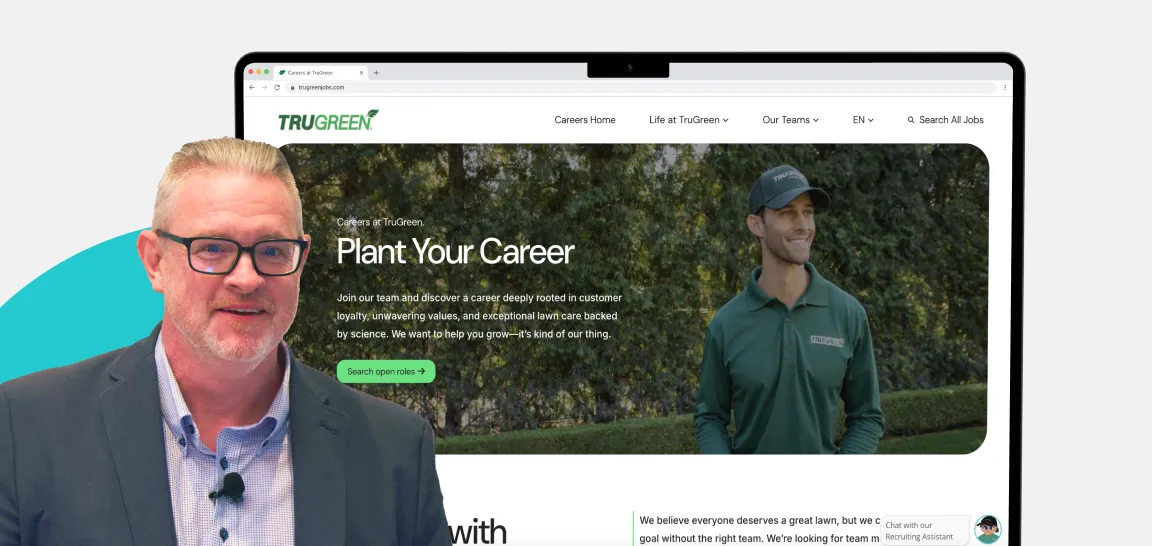Here’s something you definitely know: Healthcare workers are over it; they’re burnt out, stressed out, and they’re quitting — or retiring — in record numbers. Nearly 20% of all healthcare workers have left the industry over the last two years, while another 31% have considered leaving.
But here’s something you probably don’t know (I definitely didn’t): Applications to medical and nursing schools have actually increased during the pandemic.
That’s … pretty unexpected. Despite less than ideal circumstances, the next wave of healthcare workers seem undeterred. That means there’s hope for healthcare recruitment. That means there’s an opportunity to learn from what the heck went so wrong recently. That means there’s still a chance to get this hiring thing right.
How do you do it? Well, get this: Some healthcare workers who have recently quit said they would have stayed with their employer if they had just made one small change or concession. Just one thing — pre- or post-hire — could be the difference between a hiring crisis and being part of the 1% of hospitals that are currently fully staffed.
But you know what, I think we can do better than just one. So here’s three healthcare recruitment strategies.
3 Ways to Improve Healthcare Recruitment & Retention
By leveraging cutting edge conversational AI to assist your recruiters, you can improve retention of current staff and recruiting of new healthcare candidates. The three ways are:
- Allow candidates to apply after hours
- Give candidates more attention
- Learn about your candidates
Let’s go into detail about how to accomplish each of these things:
Allow candidates to apply after hours.
The only way to truly allow candidates to “apply on their terms” is to relinquish control and make peace with the fact that the candidate journey doesn't belong to you, the employer — it belongs to the candidate.
Smartphones have given people essentially limitless freedom, yet many employers are still forcing candidates inside an obtrusive, rigid process. We all have this idea of “necessities” in the candidate experience, but how necessary are they really? In most cases they’re not; they’re actually just additional barriers and pain points for healthcare recruiting. Think about this:
Nearly 43% of nurses work a regular night shift. That means almost half of your potential candidates only have free time to look for — and apply to — jobs outside of normal work hours, when your recruiting teams are asleep. That’s a problem. But what if you always had someone ready and available to screen candidates and schedule them for an interview, event at 3 a.m.?
Houston Methodist does. The Texas hospital group uses a conversational AI assistant that screens and schedules candidates automatically, 24/7, right on their phones (or device of choice) via a short text conversation.
With this approach, candidates no longer have to wait days for a recruiter to get back to them, or navigate cumbersome steps in antiquated software; it happens at the moment they're ready to look elsewhere — and that moment for those working in healthcare (whether an ER nurse or night shift janitor) — is usually at ungodly times in the morning.
And it works: Houston Methodist is now generating 60% of their qualified candidates after hours.
Give candidates more attention with less resources.
In the world of talent, there’s a constant stream of articles and reports proclaiming to know “what candidates actually want,” like it’s some complex equation or great mystery. But honestly, I think it’s simpler than we let on:
We’re all just people, and people aren’t that complicated.
Really, we’re not. Speed. Simplicity. Attention. That’s what everyone wants. And as much as the world around us shifts and trends ebb and flow, these core truths remain steadfastly — almost mundanely — the same. People will always crave experiences that are fast, easy, and personalized to our interests.
Healthcare workers are no different.
Competition for people’s attention has never been fiercer, and as soon as candidates feel like you’re wasting their time, poof, they’re gone. Almost 30% of healthcare workers said “lack of appreciation or respect” was a factor in leaving their job ... and that’s something that starts even before someone’s first day. Delayed responses from recruiters, needlessly long applications, friction and barriers and walls — a bad candidate experience is the catalyst for future employee frustration.
One of the best recruitment strategies in healthcare is giving candidates an experience that respects their time and attention.
SSM Health, for instance, has made their hiring process as streamlined as possible. Using a conversational AI assistant, their average time from application to schedule is only two minutes. They’ve removed human error (buried emails, lack of bandwidth), eliminated redundancies and superfluous screening questions, and stuck to the basics of what’s important.
The result is more attention on the candidate, with less dedicated resources and energy from recruiting teams. This automated, mobile-friendly experience is getting top talent through the screening process and into interviews much quicker, while also creating a positive experience that will carry over post-hire. Win-win.
Actually learn about your candidates.
The main reason healthcare workers are leaving their jobs is the pandemic. That’s obvious. But there are several other reasons that aren’t far behind — and let’s remember, these were all existing issues causing staff shortages even before 2020:
“Wanted more money.”
“Found a better opportunity.”
“Wanted more career growth.”
“Felt bored.”
No matter how easy you make the candidate experience, no matter how fast you move, you’re always going to run into turnover. That’s the world of talent. But as I look through those survey answers above, it makes me wonder where the disconnect came from, and how it could have been prevented.
Did the employers oversell the job? Did they focus on getting more candidates instead of the right ones? Did they simply misunderstand what candidates wanted? All of the above?
The answers to these questions probably exist for you somewhere — the problem is they’re scattered across the notes and emails of multiple recruiters, and thus are largely unactualized. Instead of this fragmented process, imagine if you had an assistant whose sole job was to better understand your candidates and centralize their responses and questions for you to use later on.
This, again, is the value of a conversational assistant who can automate this upfront. The good news is that your recruiters don’t have to dedicate their own time to this initial info gathering phase; the better news is they get to use all of the knowledge gained about candidates to be more transparent and honest in follow up conversations through applicant tracking systems. This in turn helps level set expectations and ensure you and the candidate are on even footing.
A final point: Paying employees less than they’re worth should never be something you aspire to do, but 77% of candidates will accept a lower salary after a positive hiring experience, and 82% of employees would actually be happy with a lower-than-average salary as long as they were given the reasons why.
That’s how much candidates and employees value transparency.
Find your one thing.
Sometimes changing even one thing can seem impossible. But I think you know now that even the smallest changes can make all the difference in the world. So start there. Start small. Start with one change to help make your candidates’ lives easier. Be a bit faster, a bit simpler, a bit more honest, a bit more focused. Then add on from there.
Before you know it, you’ve created an entirely new candidate experience — and hired a bunch of new happy people — one thing at a time.









